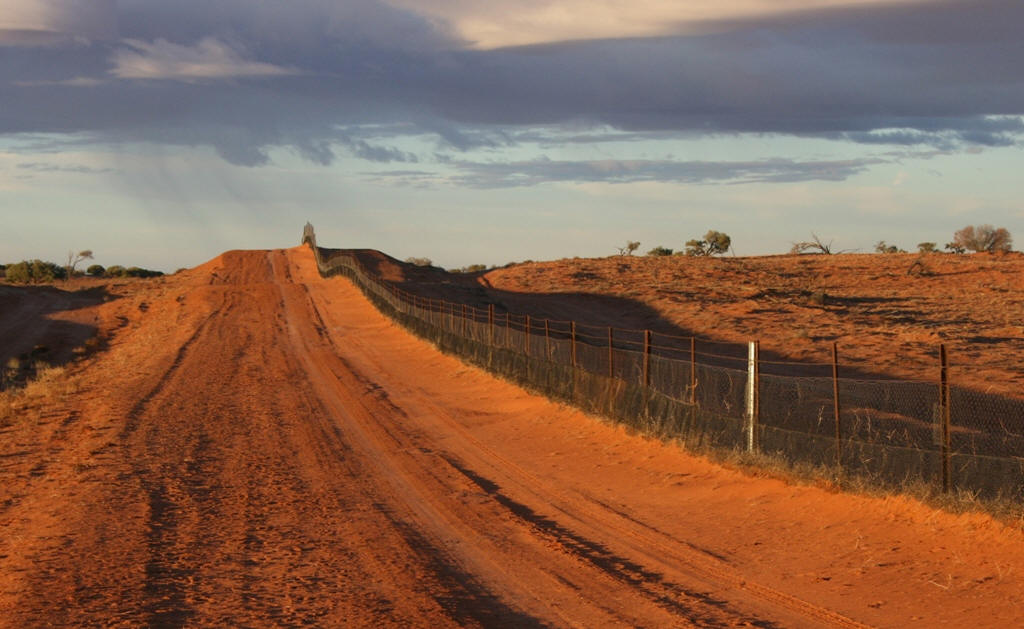Australia’s size gives it a wide variety of landscapes, with subtropical rain forests in the north-east, mountain ranges in the south-east, south-west and east areas, and a dry desert in its centre. It’s the flattest continent, with the oldest and least fertile soils, which is why much of Australia’s population is scattered along its coasts. Its desert or semi-arid land, commonly known as the outback, makes up by far the largest portion of land.
The sheer size of the Outback makes it an ideal place to explore, many thousands of people travel Australia to take in the wonderful remote places, wildlife and culture of the natives.
Here are some regions that are a must for any adventurer:
New South Wales
Wide open spaces, rugged rocks, plains with mirages, deep-blue skies, wildlife, unique pubs and historical places await you in the Outback.
Whilst heading along the Australian Outback pay Silverton a visit. This famous Outback ghost town has attracted numerous artists and film makers. It’s not actually a real ghost town, as the famous pub, galleries and the tea rooms still offer services for visitors. Don’t miss the Mundi Mundi lookout a few kilometre out of town.
The Kinchega National Park lies within the New South Wales Outback and is a must see for any explorer. The park surrounds the Darling River and several lakes, which are full for the first time in over 10 years, and are teeming with wildlife. Aboriginal sites and European structures also form part of the Kinchega National Park.
Another National Park to visit is Sturt. The park itself protects an enormous arid landscape, full of the rolling red-sand dunes of the Strzlecki desert through the western section which gradually surpasses in wetlands surrounded by white sands. Plenty of stunning views are available in this diverse landscape.
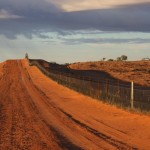
Its the longest structure in the world, a single fence over more than 5000 kilometres in length. Originally built in the 1890s to help control the enormous rabbit population which was devastating huge areas of inland and regional Australia, the Wild Dog Fence was converted to a dingo fence in 1914. It stretches from Nambour in the east to the Indian Ocean in the west. There are several locations where the fence is visible to travellers; one of which is Cameron Corner.
Some highways may make a dull drive, but not this one. The Barrier Highway connects the Outback with ‘civilization. The highway takes in the world famous Blues Mountains, including Echo Point, the Three Sisters, and Wentworth Falls. The Blue Mountains themselves are worth a possible stopover as there is so much on offer to really experience the beauty and grandeur of this Australian icon.
Queensland
The Outback in Queensland offers diverse and stunning landscapes. It’s here where Australian icons, the Royal Flying Doctor Service and Australia’s national airline Qantas, were born. The Outback here offers so much. It’s perhaps not as sparse as some other regions with plenty for everyone to do.
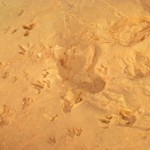
As Australia contains the oldest soils, it’s no surprise that you can follow the Australian Dinosaur Trail. At least four specimens have been found in Queensland (the second near Hughenden in 1987, and fragments of two on Iona, also near Hughenden). A great adventure for both adults and children alike.
One of the main routes through the Outback here is the Matilda Highway. The highway crosses a region of diverse & stunning landscapes the endlessly rolling Mitchell and Flinders grass downs that produce food for cattle & sheep harsh rocky ranges rich in zinc, copper, lead and silver ore around Mt Isa flat plains as far as your eye can see along the Gulf of Carpentaria. Where the Outback meets the sea is Karumba, the prawn capital of Queensland wildlife is abundant, as anywhere in the Australian Outback.
Try a trip to Winton, the birthplace of Qantas, the famous Australian national airline. But that’s not all, Winton is also famous for being the birthplace of Australia’s Unofficial National Anthem ‘Waltzing Matilda’. You can also try out some sheep shearing at local farms.
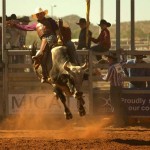
If you’re after something a little different, try the historic mining town of Mount Isa. Attractions include the Hard Times Mine at “Outback at Isa”, the Mount Isa Rodeo and Mardi Gras has given Mount Isa the title of “Rodeo Capital of Australia”. You can also visit the Underground Hospital, a historic building used during World War II.
The Royal Flying Doctors Service was launched in Cloncurry with the first flight on 17 May 1928. The John Flynn Place Museum pay homage to this crucial part of Outback life. Whilst in Cloncurry, or ‘the curry’ as its affectionately known, visit a working open-cut mine and experience the work and rewards it offers.
South Australia
The Outback in South Australia covers about 80 % of the state’s area. Population? Less than 1 % of South Australians live in the Outback. It’s a harsh and dry land, nevertheless, the South Australian Outback surprises with grandeur and timeless beauty.
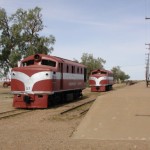
Once you passed the Flinders Ranges, the Outback begins. Leigh Creek, an open-cut coal-mining town is the last town of any size in South Australia’s north east. The tiny township of Marree offers you many relics from a glorious past as a railway town. From Marree you have the choice of two famous tracks. The Birdsville Track takes you into the far south west of Outback Queensland and its stunning channel country.
The Stuart Highway is the main south – north route through the centre of Australia. The road divides the South Australian Outback. It’s a long drive on this well-maintained bitumen road from Port Augusta to Alice Springs in the Northern Territory, even longer up to Darwin!
Off the highway you can take in the beautiful views of the surrounding lakes. These are usually dry salt lakes that glisten in the sun. The smaller salt pans, closer to the highway, are always worth a stop. Along with the red earth and the blue sky you have the chance to take amazing photos.
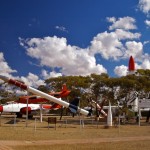
Heard of Woomera? Well, this was the testing area for long range missiles in the cold war. It is still a strategic defense post used for aerospace activities. The town now welcomes visitors, however, a huge area west of the highway is still restricted.
The most interesting town in this part of Outback South Australia beyond doubt is Coober Pedy. Aboriginal people have a long-standing connection with the area. The harsh summer desert temperatures mean that many residents prefer to live in caves bored into the hillsides (“dugouts”). The first tree ever seen in the town was welded together from scrap iron. It still sits on a hilltop overlooking the town. All of this makes ‘the opal capital of the world’ a must see place.
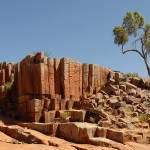
If you enjoy traveling on the more remote routes you should consider the ‘bomb roads’ around the Roxby Downs area. These tracks are very remote, but they cover some of Australia’s most scenic desert country. Another route you could take is between Glendambo (Stuart Highway) and Wudinna (Eyre Peninsula) where you can see the Gawler Ranges. Ancient volcanic structures, called organ pipes and the vast, glistening Lake Gairdner. Great for 4WD enthusiasts.
Be prepared
